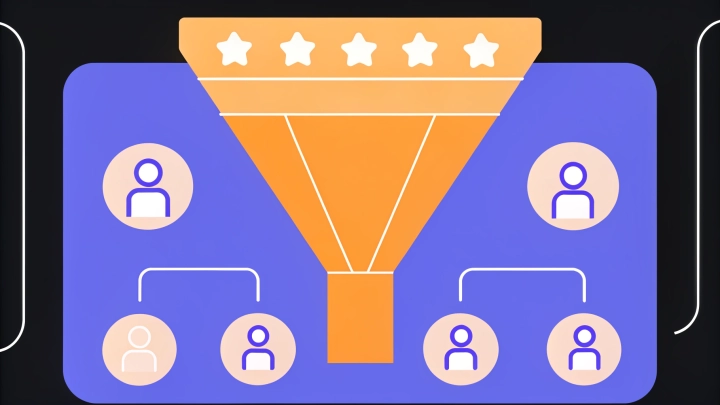What’s the best AI for emails: Understanding the top tools available

Email communication is evolving, and it’s no longer about just hitting “send” and hoping for the best. Today, AI email assistants are stepping in, revolutionizing the way we handle our inboxes, write messages, and keep on top of appointments.
Why should you care? Because if you’re a modern professional or business leader, you know how crucial efficiency and personalization are. These AI tools take on the grunt work and free you up for what matters most: strategic thinking and meaningful interactions.
Let’s dive in and explore the key features, top contenders, and a smart game plan to choose the best AI email assistant for your needs.
Understanding AI email assistants: What they are and how they work
AI email tools aren’t just about automation; they’re about smart automation.
At the core of these tools is machine learning and natural language processing (NLP), enabling them to handle repetitive tasks — like prioritizing emails, suggesting responses, and scheduling meetings — efficiently and intelligently.
For example, AI-driven tools analyze incoming messages, prioritize them, and even suggest next actions. By doing this, they make email management feel almost magical, especially for those running tech startups or working in fast-paced environments.
AI messaging tools not only enhance response times, but also aid in personalizing communication, which is vital in today’s fast-paced business environment.
And if you’re wondering whether people are actually embracing AI, consider this:
- 70% of people use AI-driven smart speakers daily for tasks like checking the weather.
- 62% of consumers are comfortable with generative AI in marketing, as long as it improves their experience.
What does this mean? AI isn’t a fringe tech anymore — it’s a mainstream productivity powerhouse.
Consumer comfort with AI directly leads to higher engagement. A notable case study found that AI-driven marketing tools increased customer satisfaction, proving that personalized and efficient communication is a win-win. As AI technology evolves, expect even more seamless, advanced capabilities that’ll redefine digital communication.
The bottom line? AI email assistants are here to save time and personalize interactions, making your communication workflow not just faster, but smarter.
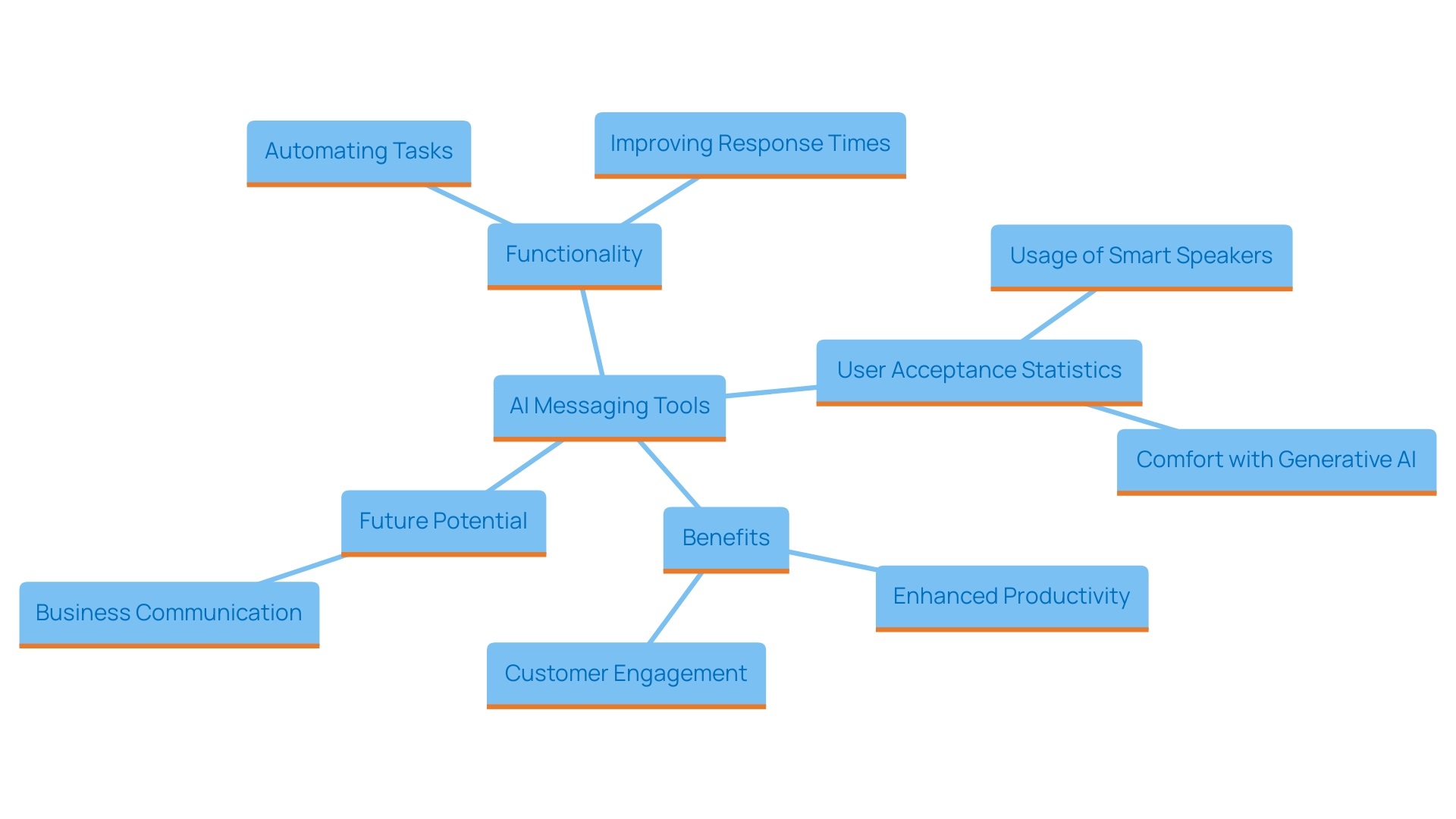
Top AI tools for email management: A comprehensive overview
So, what are the standout tools shaping this AI email landscape? Let’s break down some top players and what makes them shine:
- Gmail’s Smart Compose. This tool uses machine learning to suggest entire sentences as you type. The result? A faster drafting process. Users have reported a 30% boost in productivity, which is a huge win for anyone drowning in emails.
- Outlook’s Focused Inbox. Here, AI organizes important messages and pushes distractions aside. Busy professionals have seen a 25% reduction in the time spent managing emails. Less time wasted equals more time for impactful work.
- Zoho Mail’s Zia. An AI assistant that automates mundane tasks and provides smart suggestions. Zia’s impact? An 85% satisfaction rate, as it frees up time for more critical activities.
- Dashly helps craft personalized emails for your prospects to nurture them to the meeting and handling their questions. And you have more time to actually prepare for the meeting, not worrying about sending a message.
- x.ai. If scheduling is your nightmare, x.ai has your back. This tool automates meeting setups through seamless email interactions, with 90% of users experiencing improved scheduling efficiency.
- Superhuman. Known for its premium features like follow-up reminders and task completion nudges, Superhuman keeps you organized and on point. Users report a 40% increase in task completion rates. That’s the difference between staying on top of things and playing catch-up.
Even industry giants are acknowledging AI’s power. Mark Zuckerberg, CEO of Meta, has highlighted the potential of AI assistants to benefit billions. Meanwhile, DeepMind co-founder Demis Hassabis is working on a universal AI agent for everyday life, showcasing the rapid innovation happening in this space.
What’s the takeaway? AI-driven email tools aren’t just practical; they’re transformational, delivering both productivity and user satisfaction in spades.
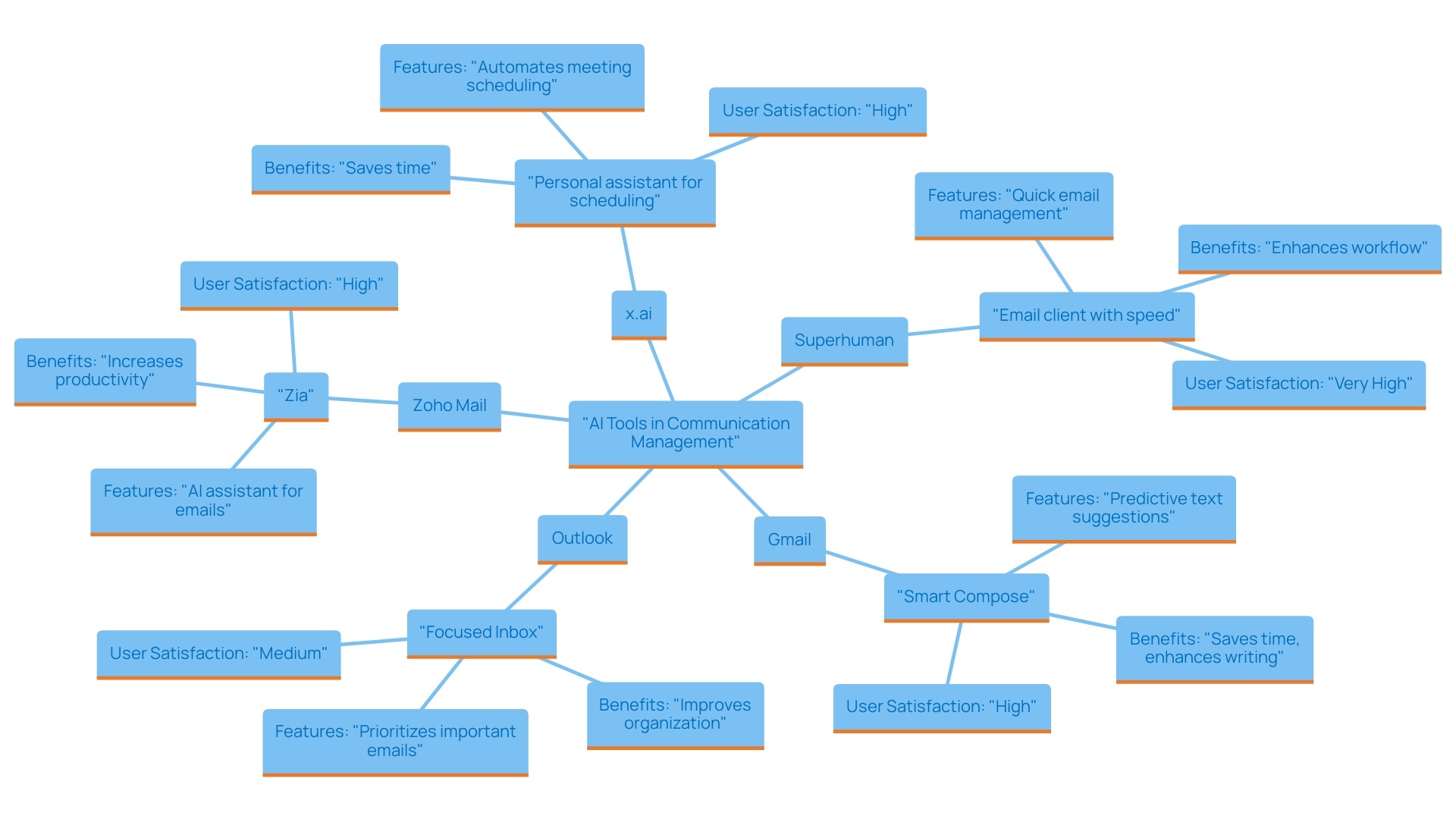
Pros and cons of using AI for email communication
Like any game-changing technology, AI email tools come with benefits and challenges. Let’s be real about both:
Pros:
- Increased efficiency. AI cuts down on repetitive tasks, letting you focus on strategic work. 40% of support teams using AI assistants reported a 27% reduction in average handle time.
- 24/7 availability. These tools don’t sleep. Your inbox gets managed even outside office hours, ensuring quick responses around the clock.
- Enhanced personalization. With AI analyzing data, communication becomes more tailored, strengthening client relationships. One CEO noted a 15% bump in email deliverability by optimizing campaigns with AI.
Cons:
- Potential miscommunication. AI isn’t perfect. It can misread tone or context, leading to awkward or inappropriate responses.
- Dependence on technology. Relying too much on AI might erode the human touch in your emails, which is crucial in certain contexts.
- Privacy concerns. Data handling is a big deal. As AI tools process personal information, companies must be hyper-vigilant about security and compliance.
The key? Use AI strategically. Regularly review its impact, fine-tune your approach, and make sure you have robust data protection policies in place.
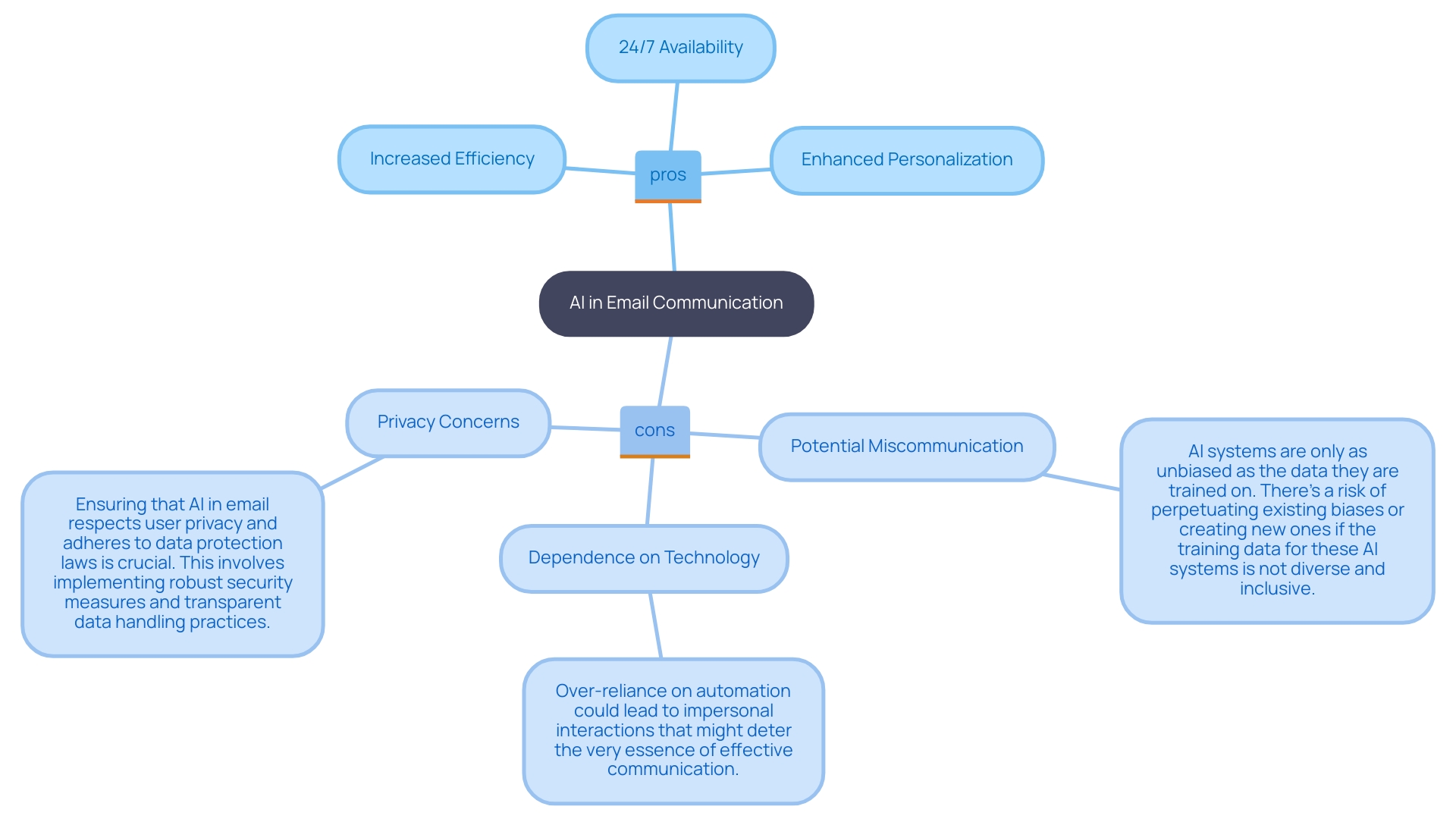
Key features to look for in an AI email assistant
When selecting an AI email assistant, it is essential to focus on several key features to ensure optimal performance and integration within your tech ecosystem:
- Natural Language Processing (NLP). This feature enables the tool to comprehend and reply to messages in a human-like manner, enhancing the user experience and improving customer engagement. NLP is essential for interpreting and generating natural language, making interactions more efficient and effective.
- Integration capabilities. Effective AI email assistants should seamlessly integrate with existing email platforms and Customer Relationship Management (CRM) systems. This capability ensures that all communication channels are unified, allowing for a cohesive and streamlined operation, which is vital for tech startups aiming for efficiency.
- Machine learning. AI resources that utilize machine learning can adapt and enhance over time based on interactions. This adaptability enables them to provide more accurate suggestions and responses. For instance, statistics show that machine learning has demonstrated high accuracy rates in predicting stock market changes and medical outcomes, underscoring its potential in various applications.
- User-friendly interface. An intuitive design is crucial, as it enhances usability and allows users to maximize the tool’s capabilities without a steep learning curve. A user-friendly interface ensures that all team members can efficiently utilize the AI assistant, regardless of their technical expertise.
- Analytics and reporting. Features that provide insights into engagement metrics are invaluable for refining communication strategies. By analyzing data on open rates, response times, and customer interactions, businesses can make informed decisions to enhance their marketing efforts. According to recent trends, incorporating detailed analytics can significantly boost engagement metrics.
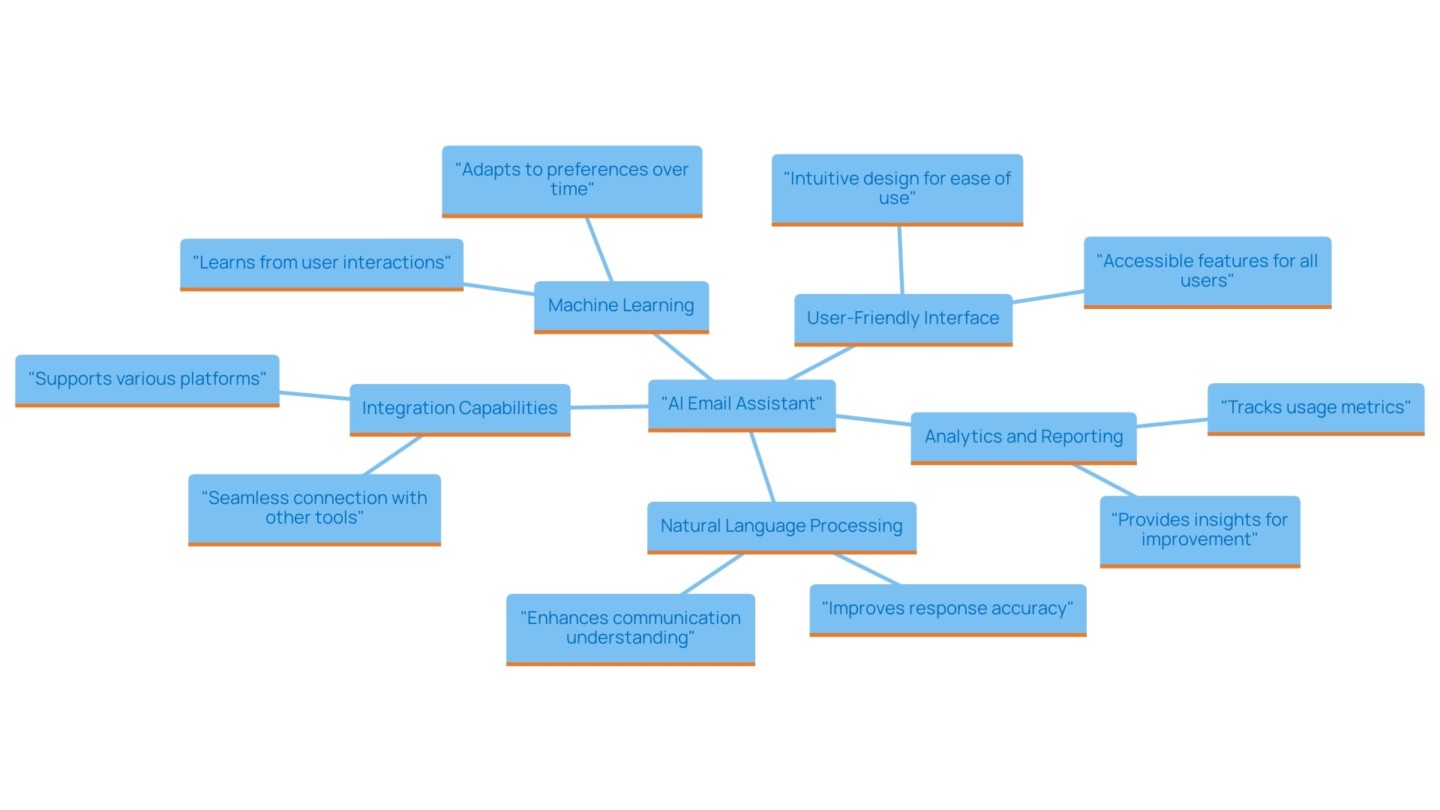
Choosing the right AI email assistant for your needs
To choose the right AI email assistant, follow these essential steps:
- Assess your needs. Begin by identifying the specific tasks you wish to automate and the challenges you face in communication. For example, if you require help with composing messages or organizing your inbox effectively, recognizing these needs will direct your choice process.
- Research available tools. Conduct thorough research on the various AI communication assistants available. Utilize online reviews, comparisons, and user testimonials to evaluate different options. For example, Flowrite integrates seamlessly with platforms like Gmail, Outlook, LinkedIn, and Slack, using natural language processing to provide writing suggestions. Case studies illustrate how startups have effectively utilized such resources to improve their email communication.
- Test features. Most AI applications provide free trials, allowing you to assess their functionalities and see how they fit into your workflow. This hands-on experience is invaluable for evaluating the tool’s effectiveness. For instance, SmartWriter’s Basic Plan allows contacting up to 400 leads for $59 a month, making it a cost-effective option for startups looking to streamline their outreach.
- Evaluate customer support. Reliable customer support is crucial, especially when implementing new technology. Ensure that the AI messaging tool you select offers strong support to help you address any issues. For example, user reviews of Superhuman highlight the importance of responsive and effective customer service, with some highlighting the need for better alignment with various keyboard layouts and language features.
- Consider scalability. Lastly, ensure that the chosen solution can scale with your business needs. As your startup expands, the AI messaging tool should be capable of managing rising communication demands. Tools like Flowrite, which assist professionals in crafting messages efficiently, demonstrate the potential for scalability and integration with multiple platforms.
By following these steps and using real-world examples, you’ll make an informed choice that aligns with your goals and scales with your business.
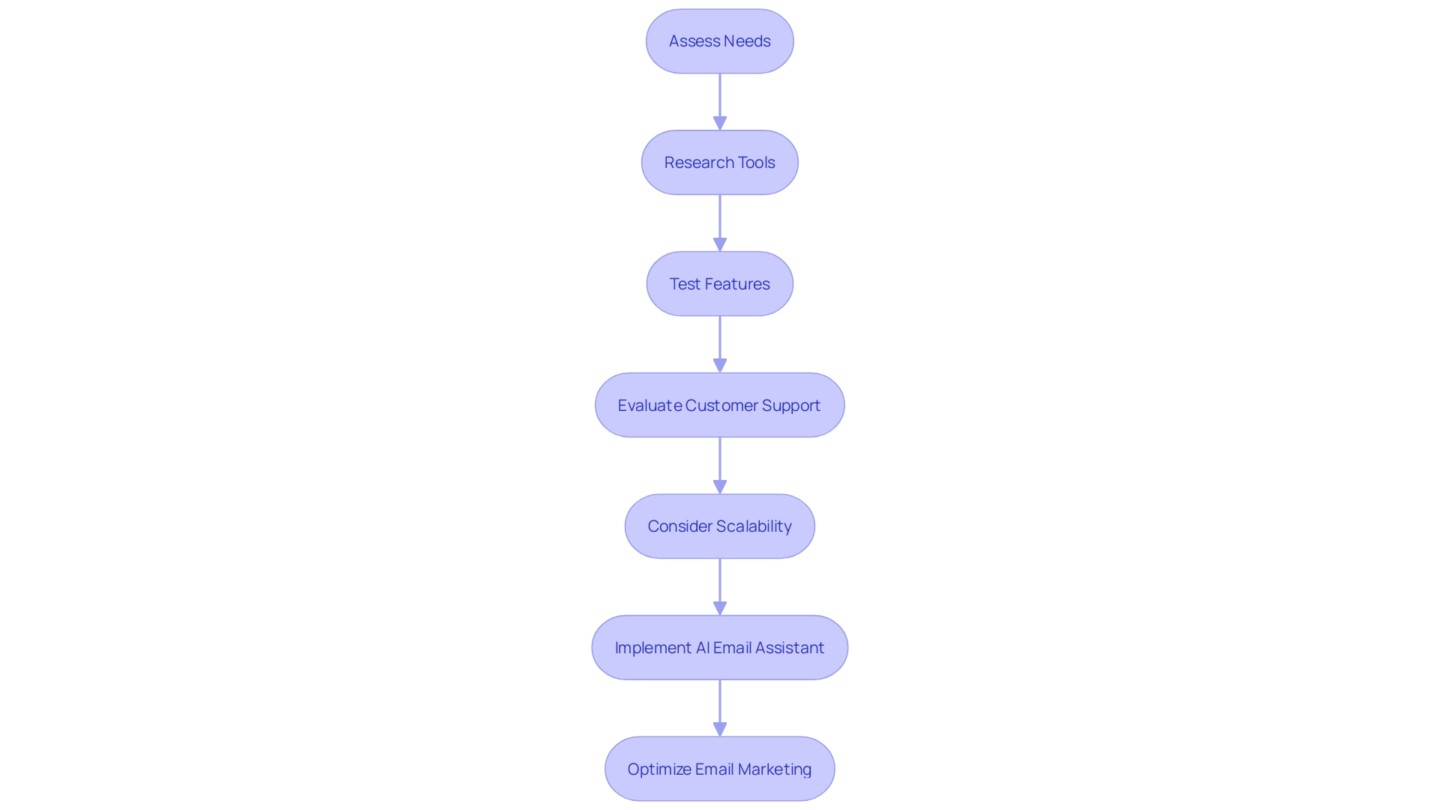
Conclusion
AI email assistants are more than just productivity hacks—they’re transformative tools for modern businesses. They automate the mundane, personalize communication, and keep you one step ahead in an increasingly digital world.
But remember: it’s all about thoughtful implementation. The pros—like efficiency, round-the-clock availability, and tailored engagement—are compelling. However, you have to balance them against risks like miscommunication and data privacy concerns.
Choose wisely, implement thoughtfully, and continuously refine your strategy. Your future self will thank you.
Read also: Ultimate guide to an AI sales funnel: the best tips, tools and common mistakes to avoid



![Create a student journey mapping for online school [4 map templates]](https://www.dashly.io/blog/wp-content/uploads/2023/04/image-3-720x317.jpg)
